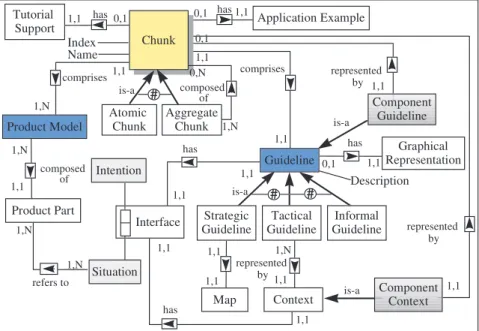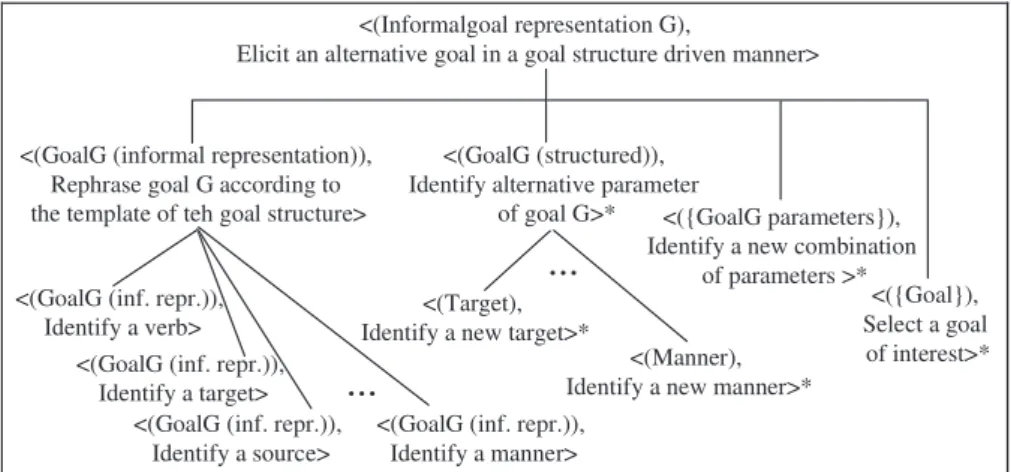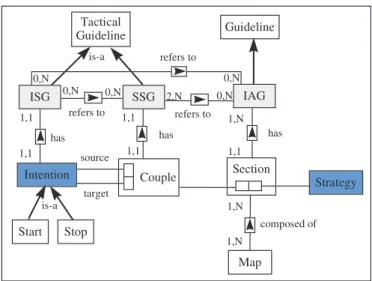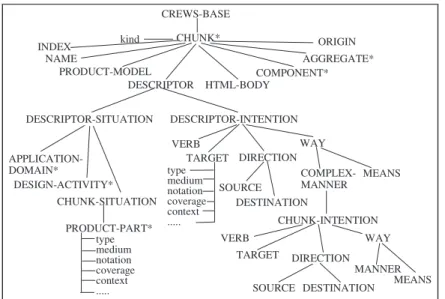Reusing Scenario Based Approaches in Requirement Engineering Methods: CREWS Method Base
Texte intégral
Figure




Documents relatifs
Uniformly sized chunks, however, may span arbitrarily large portions of the multi-dimensional space, depending on the density distribution of the data collection. Therefore, some of
In this paper, we deal with direct adaptive control of uncertain systems, and the controllers are designed using LMI-based methods.. The paper has three main contributions: First,
Abstract : In this paper, the Radon transform is used to design a new descriptor called Phi-signature invariant to usual geometric transformations. Experiments show the effectiveness
They allowed an arbitrary number of chunks and analysed the corresponding deterministic large system limit (see Section 2) with the following remarkable result: if each new
In fact, the best solution found by the GA, here called H-GA, uses only 31% of the dimensions from the canonical version of the descriptor and still achieves a similar performance.
Even though steel fibre reinforced lightweight concrete beams generally showed lower shear resistance than normal weight concrete ones with steel fibres, the type
Our procedure required two training sets: a set A containing face images that is used for the negative examples during the one-shot learning, and a second set B of matching
Unité de recherche INRIA Rennes, Irisa, Campus universitaire de Beaulieu, 35042 RENNES Cedex Unité de recherche INRIA Rhône-Alpes, 655, avenue de l’Europe, 38330 MONTBONNOT ST



